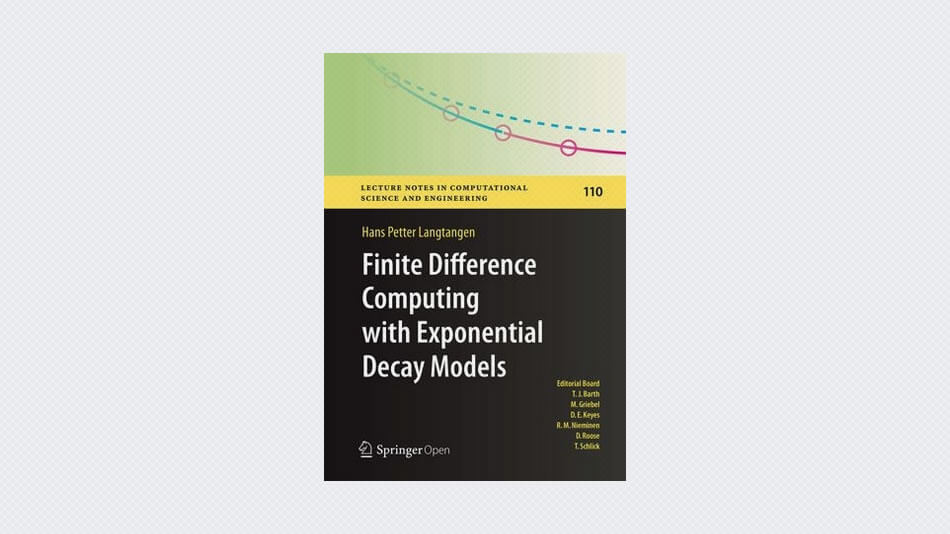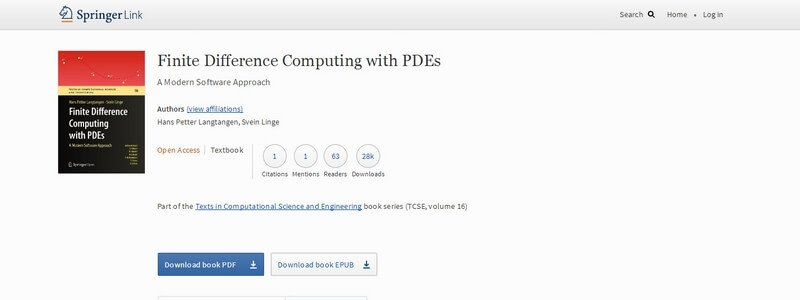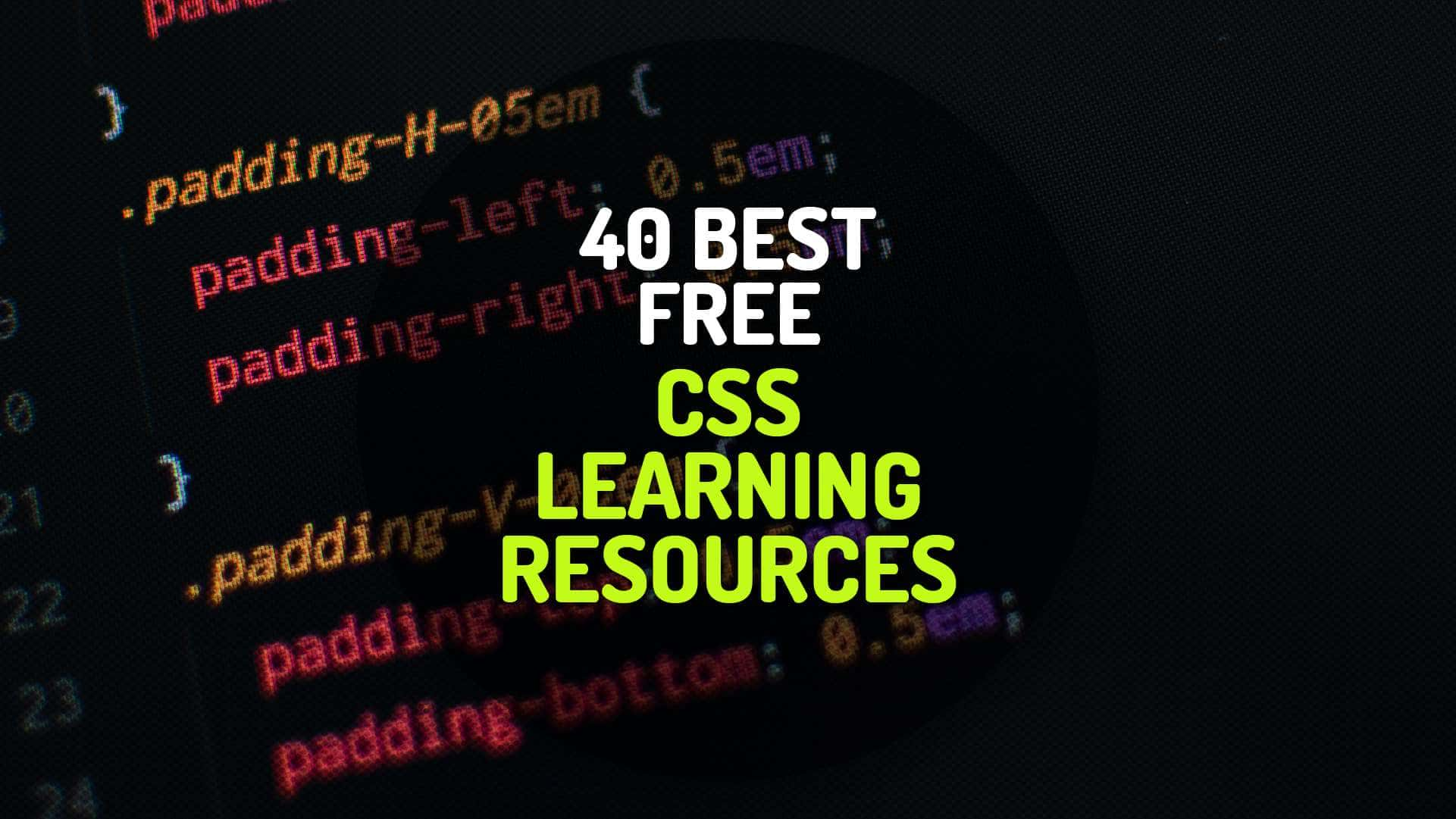There are so many excellent books on finite difference methods for ordinary and partial differential equations that writing yet another one requires a different view on the topic. The present book is not so concerned with the traditional academic presentation of the topic, but is focused at teaching the practitioner how to obtain reliable computations involving finite difference methods. This focus is based on a set of learning outcomes:
- understanding of the ideas behind finite difference methods,
- understanding how to transform an algorithm to a well-designed computer code,
- understanding how to test (verify) the code,
- understanding potential artifacts in simulation results.
Compared to other textbooks, the present one has a particularly strong emphasis on computer implementation and verification. It also has a strong emphasis on an intuitive understanding of constructing finite difference methods. To learn about the potential non-physical artifacts of various methods, we study exact solutions of finite difference schemes as these give deeper insight into the physical behavior of the numerical methods than the traditional (and more general) asymptotic error analysis. However, asymptotic results regarding convergence rates, typically truncation errors, are crucial for testing implementations, so an extensive appendix is devoted to the computation of truncation errors.





